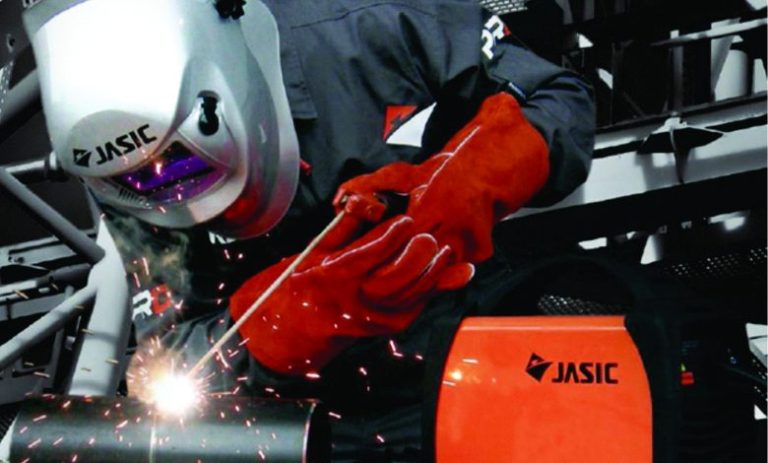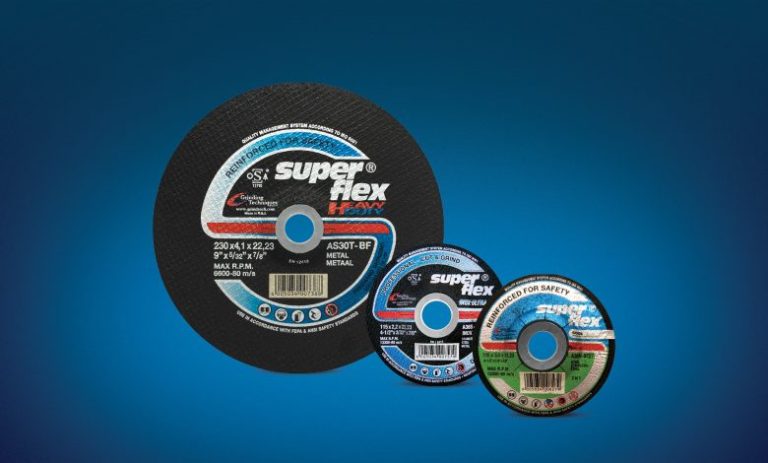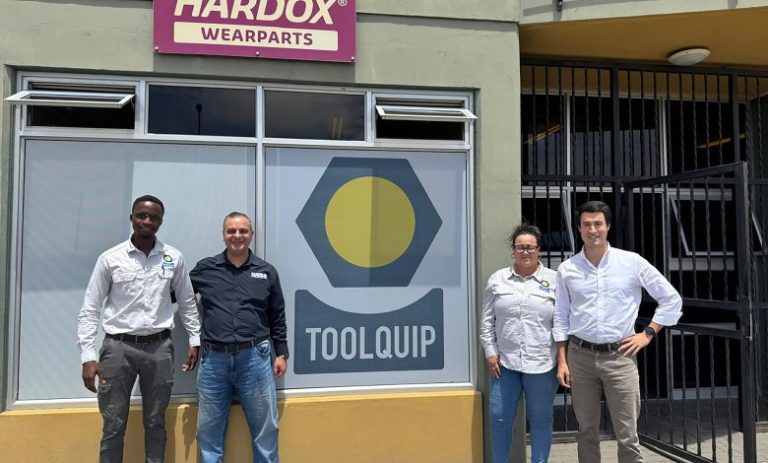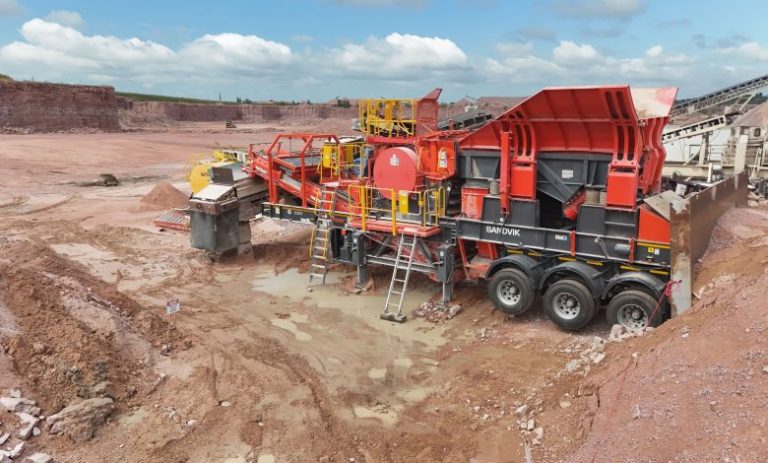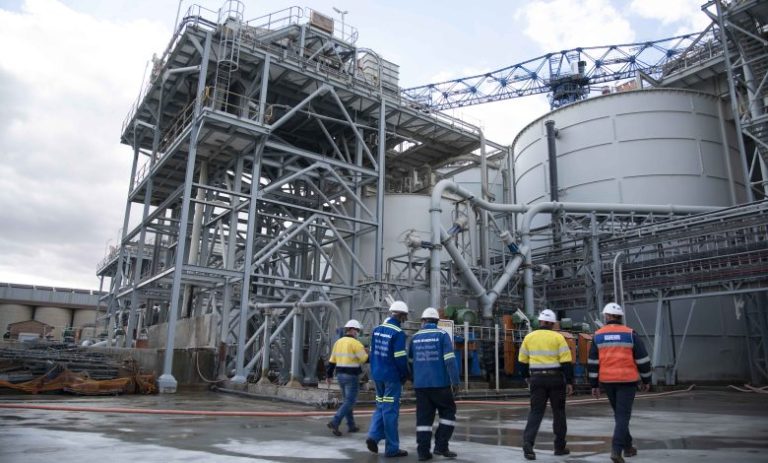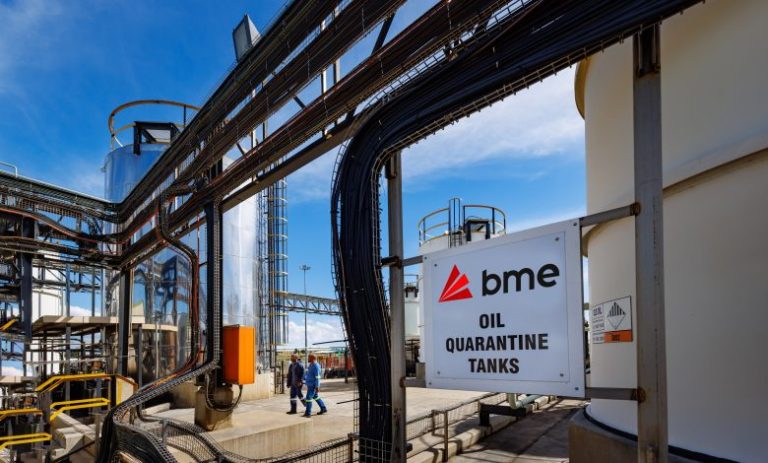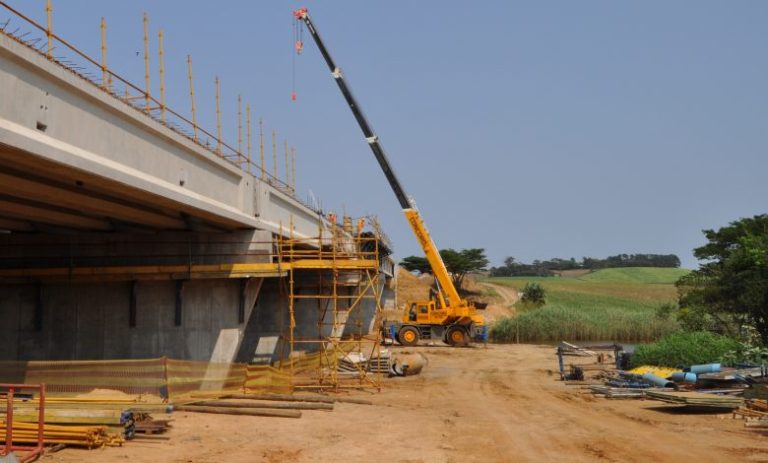BMG’s Tools & Equipment division supplies and supports an extensive range of welding products and systems, which enhance efficiencies and ensure optimum safety during metal working in all sectors.
“BMG is committed to assisting industry create a healthy, clean and safe environment for welding procedures, through the supply of the latest equipment and advanced technologies, which is supported by technical expertise,” says Andrew Johns, business unit manager, Tools and Equipment division, BMG.
“Our welding products and services are tailored to meet specific customer requirements and are designed to reduce risks associated with welding and cutting fumes, grinding dust and oil mist. The company’s portfolio of welding related products also comprises a wide range of inverter welders, accessories, electrodes, welding wire and personal protection equipment (PPE).
Three-in-one: cutting, welding and cleaning
New to the range are advanced options for welding, cutting and cleaning. Jasic’s advanced laser welding technology is known for precise welding with minimal heat-affected zone (HAZ), resulting in stronger and neater welds with less distortion
Range of Jasic welding equipment
“Laser welding, cutting and cleaning equipment are relatively new to the welding industry and we have extended our range of Jasic equipment to include the recently launched Jasic 3-in-1 handheld laser welding machines, designed to safely perform welding, cutting and cleaning tasks. These versatile machines offer quick, dependable and cost-effective performance, reducing the need for post-weld treatments. These compact machines also ensure a smaller footprint compared to traditional metal inert gas (MIG) and tungsten inert gas (TIG) welders. Jasic’s advanced laser welding technology is known for precise welding with minimal heat-affected zone (HAZ), resulting in stronger and neater welds, with less distortion.”


